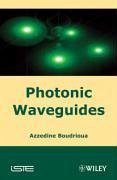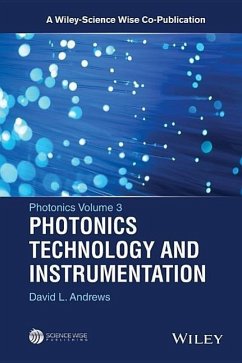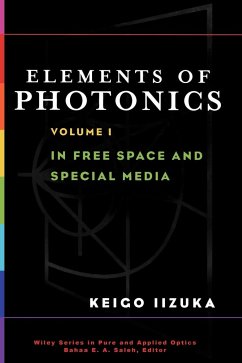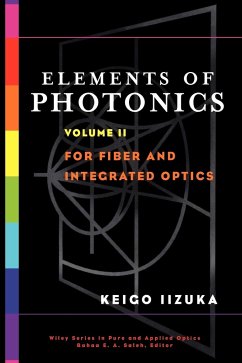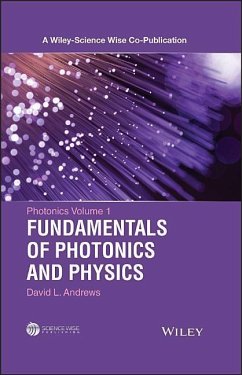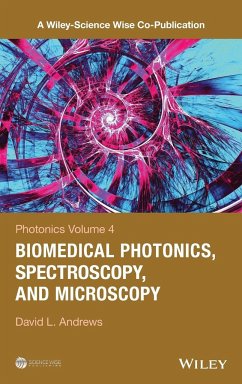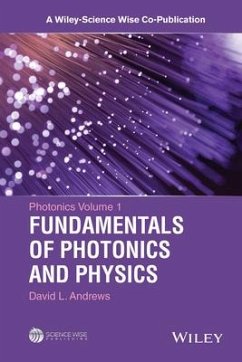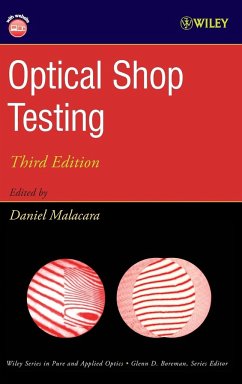
Photonics, Volume 2
Nanophotonic Structures and Materials
Versandkostenfrei!
Versandfertig in über 4 Wochen
145,99 €
inkl. MwSt.
Weitere Ausgaben:

PAYBACK Punkte
73 °P sammeln!
Discusses the basic physical principles underlying the science and Andrews technology of nanophotonics, its materials and structures This volume presents nanophotonic structures and materials. Nanophotonics is photonic science and technology that utilizes light/ matter interactions on the nanoscale where researchers are discovering new phenomena and developing techniques that go well beyond what is possible with conventional photonics and electronics. The topics discussed in this volume are: Silicon Photonics; Cavity Photonics; Metamaterials: State of the Art and Future Directions; Nanoplasmon...
Discusses the basic physical principles underlying the science and Andrews technology of nanophotonics, its materials and structures This volume presents nanophotonic structures and materials. Nanophotonics is photonic science and technology that utilizes light/ matter interactions on the nanoscale where researchers are discovering new phenomena and developing techniques that go well beyond what is possible with conventional photonics and electronics. The topics discussed in this volume are: Silicon Photonics; Cavity Photonics; Metamaterials: State of the Art and Future Directions; Nanoplasmonics; Dielectric Photonic Crystals; Quantum Dots; Magnetic Control of Spin in Molecular Photonics; Thin-Film Molecular Nanophotonics; Light-Harvesting Materials for Organic Electronics; Metal Oxide Photoelectrochemistry for Hydrogen Production; and Optical Control of Cold Atoms and Bose-Einstein Condensates. * Comprehensive and accessible coverage of the whole of modern photonics * Emphasizes processes and applications that specifically exploit photon attributes of light * Deals with the rapidly advancing area of modern optics * Chapters are written by top scientists in their field Written for the graduate-level student in physical sciences; industrial and academic researchers in photonics, graduate students in the area; college lecturers, educators, policymakers, consultants, scientific and technical libraries, government laboratories, NIH.




